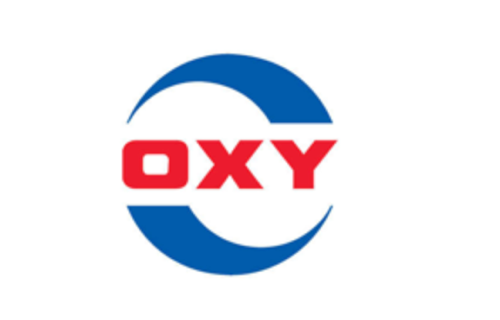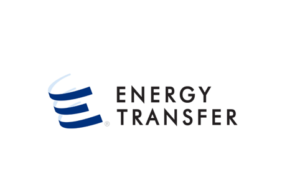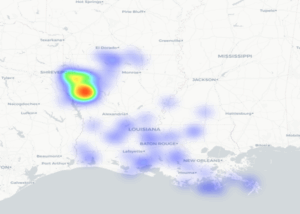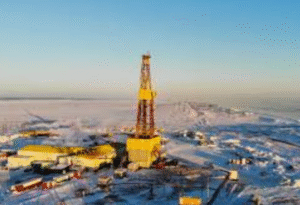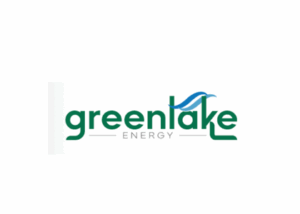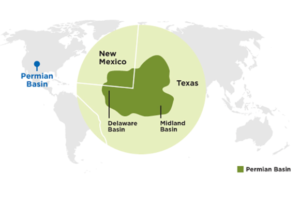Challenge
The atmospheric concentration of carbon dioxide has almost doubled since the industrial revolution. For the world to feasibly achieve net zero climate targets by 2050, technology to remove carbon dioxide emissions from the atmosphere will be required alongside emission reductions and prevention. A key opportunity is direct air capture (DAC) technology, which captures atmospheric carbon dioxide anywhere in the world, making it a promising solution for addressing historical or unavoidable emissions. The challenge is moving the DAC technology from the pilot and small-scale phase to commercial, large-scale implementation.
Solution
Occidental, through its development joint venture 1PointFive, is planning to build the world’s largest DAC facility in the Permian Basin using technology developed by Carbon Engineering. Occidental has been safely and permanently injecting carbon dioxide into geologic reservoirs for more than 40 years in connection with its enhanced oil recovery operations and will leverage this expertise to geologically sequester atmospheric carbon dioxide. 1PointFive has begun the front-end engineering and design for the facility and is securing investments from companies in hard-to-decarbonize industries, including aviation and marine transportation. Public policies supporting the advancement of a low-carbon economy, such as the 45Q tax credit in the United States, are also helping the technology become an economic reality. Construction is expected to begin in 2022.
Result
Using DAC technology from Carbon Engineering, the DAC facility is expected to be capable of extracting up to one million tonnes of atmospheric carbon dioxide a year from the atmosphere – the equivalent of the annual emissions from about 215,000 cars[1]. The DAC facility will draw ambient air through large fans and use a chemical process to separate and capture the carbon dioxide, which will be injected into underground geologic reservoirs and permanently sequestered.
Expanding impact
DAC is a key element of Occidental’s pathway to net zero. The company has set a target to reach net-zero emissions associated with its operations before 2040 and an ambition to achieve net-zero emissions associated with the use of its products by 2050. This DAC facility is planned as the first commercial-scale unit, and Occidental expects carbon management products and services to grow as a primary part of its overall business strategy.
Energy News
Oil & Gas Permit Reports

